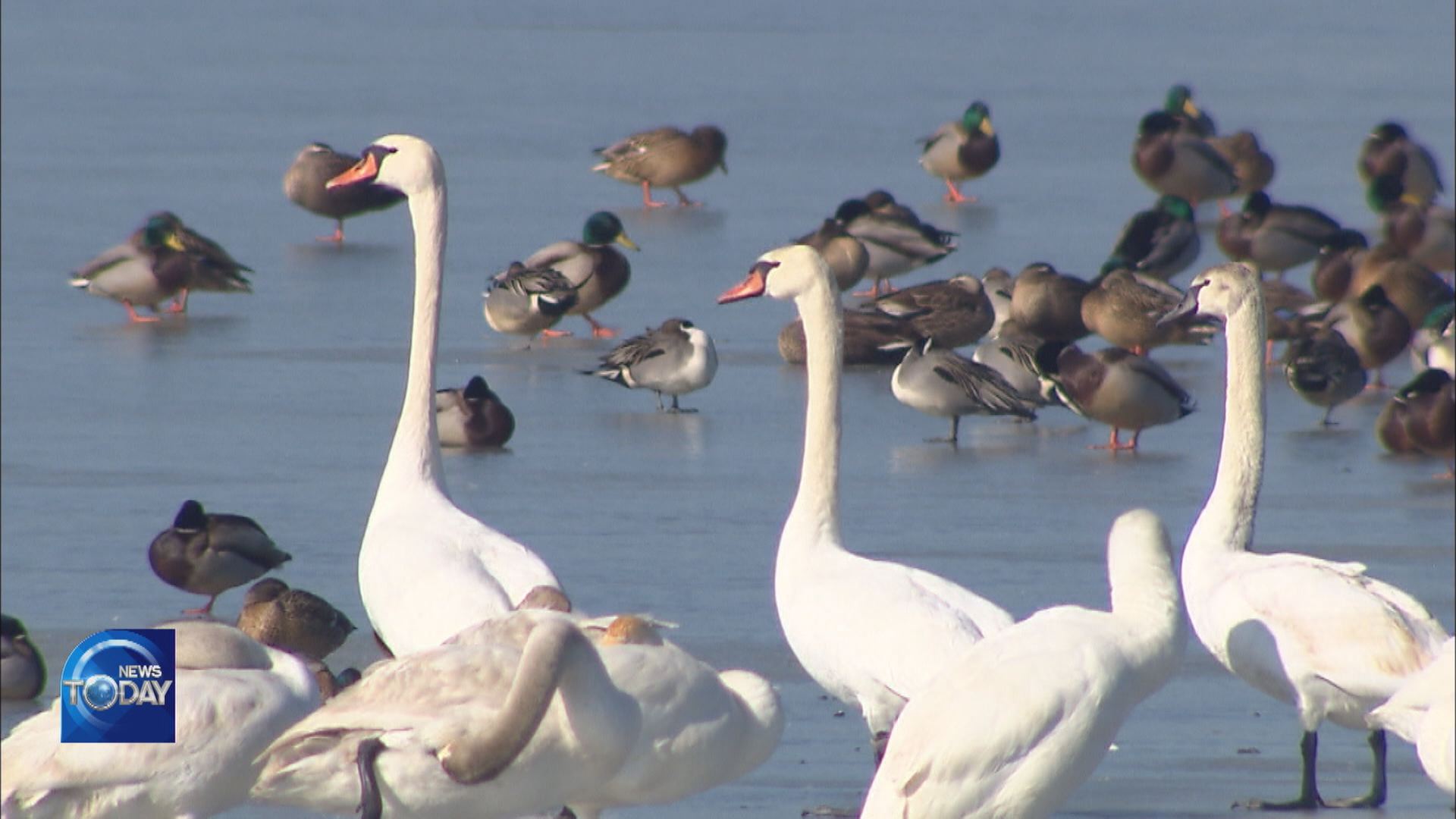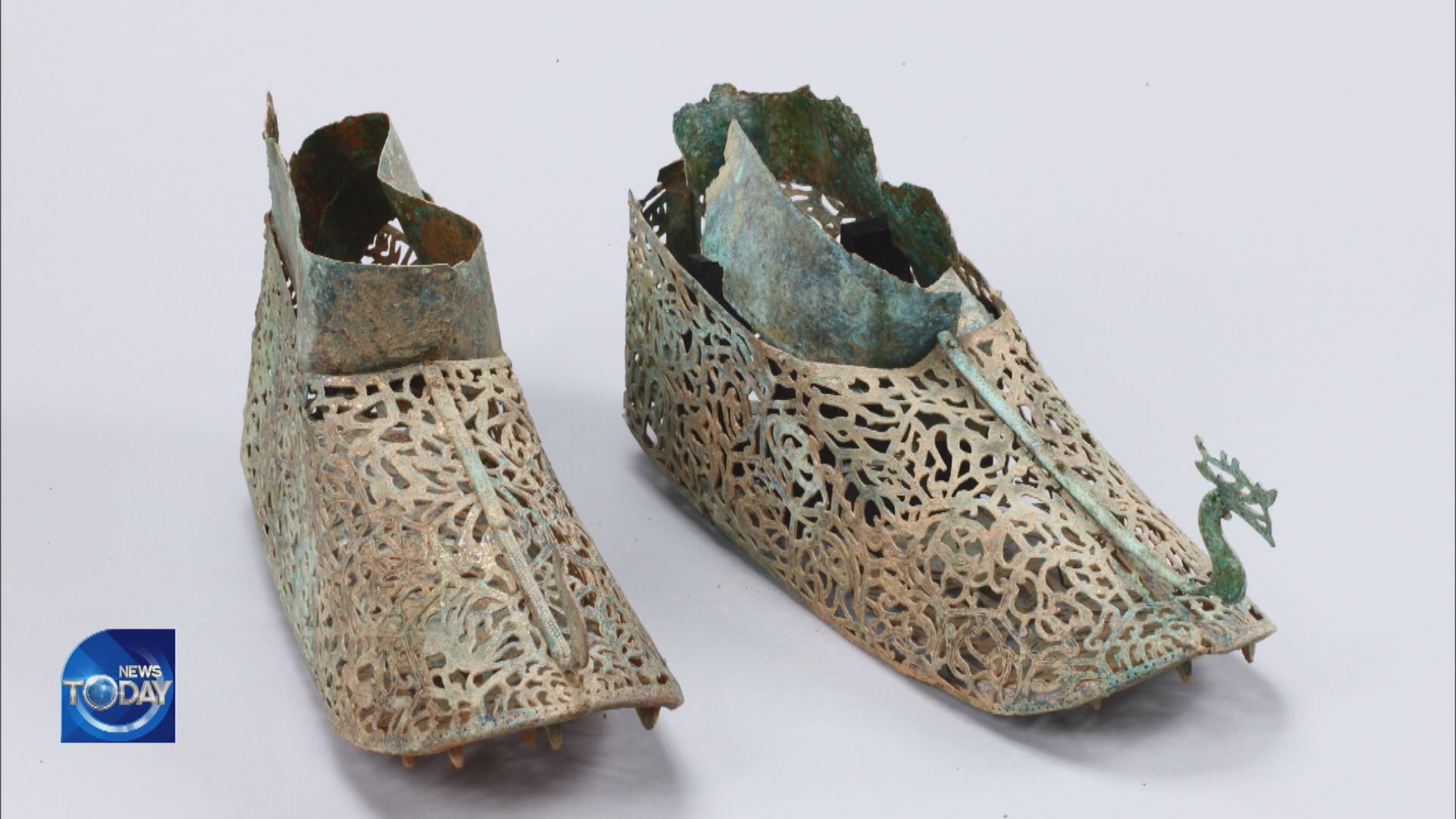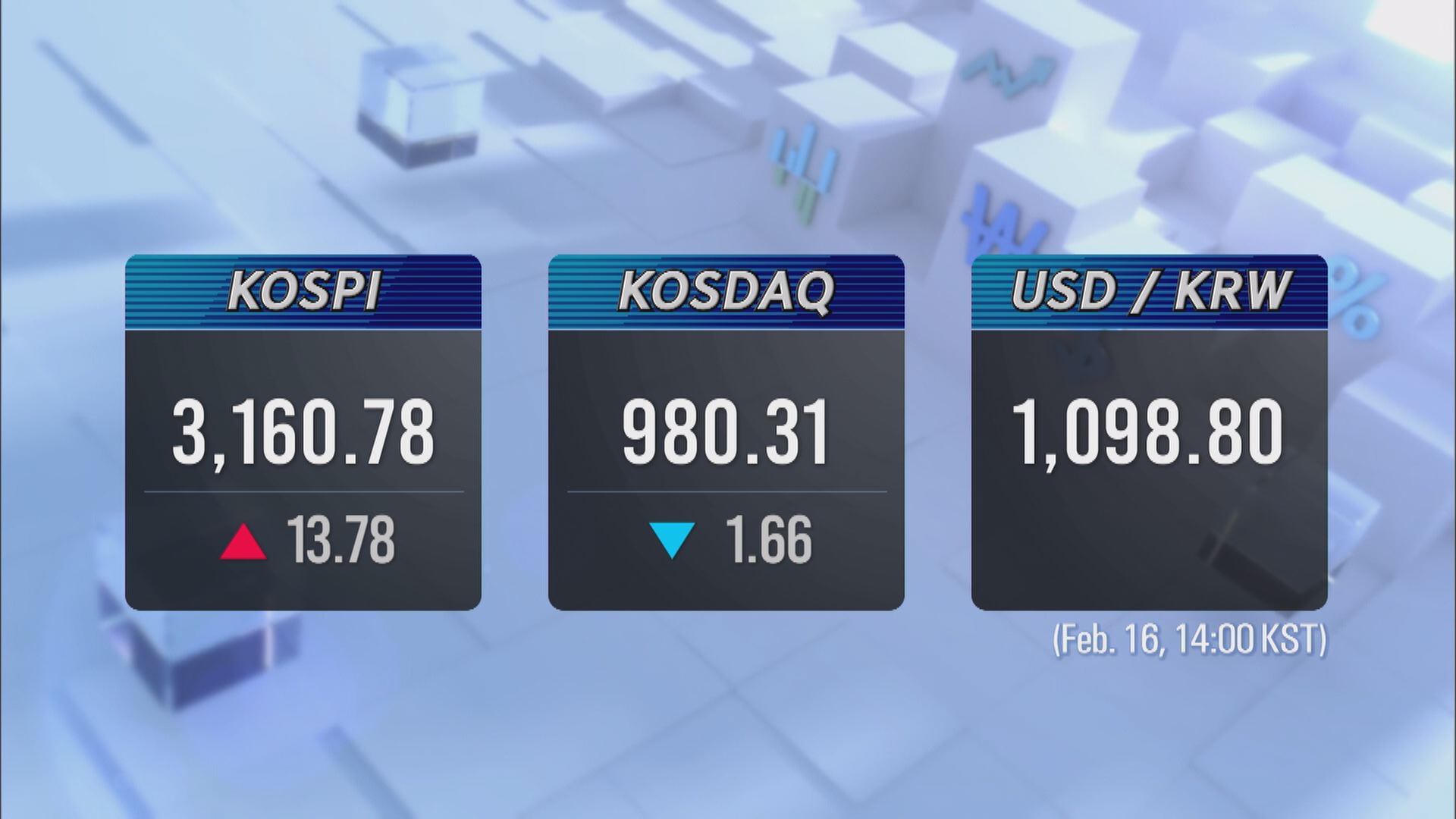SPOTTING OF WHOOPER SWANS
입력 2021.02.16 (15:40)
수정 2021.02.16 (16:46)
읽어주기 기능은 크롬기반의
브라우저에서만 사용하실 수 있습니다.
[Anchor Lead]
Hundreds of whooper swans has been spotted passing the winter near lakes in South Korea. The bird is categorized as an endangered species. Dozens of black swans were also seen here, presenting a rare winter sight. Here is more.
[Pkg]
Whooper swans, a winter migratory bird, are seen near a to-be-reclaimed wetland. They look gracious while strolling around, showing off their white feathers. They strike a peculiar pose when hunting for prey under water with their bottoms up in the air. Those with grey feathers are chicks. They are considered adults when they have pure white feathers and a yellow beak. While taking a rest, they duck their head into their wings in order to keep warm.
[Soundbite] Choi Jong-in(Environmental advisor for Ansan City) : "When the beaks are exposed, their temperature drops. So they maintain temperature by hiding their beaks under wings while taking a rest or staying on the ice."
Roughly 7,000 whooper swans visit South Korea every winter. Half of them travel down to the Nakdonggang River in the southern part of the nation. It is unusual to see hundreds of whooper swans passing the winter near Sihwa Reservoir in Gyoenggi-do Province. Bird watchers are fascinated by the elegant winter guest and their cries.
[Soundbite] Kim Nam-guk(Photographer) : "I am not sure whether they are engaging in a turf war or a power struggle. But they make large noises a lot. Those cries give the impression that nature is alive and lively."
Dozens of black swans with an orange-colored beak were also spotted. They are known for remaining monogamous during their average life span of 28 years. About 100 black swans visit South Korea to pass the winter. These seasonal birds will travel back to the north in March before the breeding season.
Hundreds of whooper swans has been spotted passing the winter near lakes in South Korea. The bird is categorized as an endangered species. Dozens of black swans were also seen here, presenting a rare winter sight. Here is more.
[Pkg]
Whooper swans, a winter migratory bird, are seen near a to-be-reclaimed wetland. They look gracious while strolling around, showing off their white feathers. They strike a peculiar pose when hunting for prey under water with their bottoms up in the air. Those with grey feathers are chicks. They are considered adults when they have pure white feathers and a yellow beak. While taking a rest, they duck their head into their wings in order to keep warm.
[Soundbite] Choi Jong-in(Environmental advisor for Ansan City) : "When the beaks are exposed, their temperature drops. So they maintain temperature by hiding their beaks under wings while taking a rest or staying on the ice."
Roughly 7,000 whooper swans visit South Korea every winter. Half of them travel down to the Nakdonggang River in the southern part of the nation. It is unusual to see hundreds of whooper swans passing the winter near Sihwa Reservoir in Gyoenggi-do Province. Bird watchers are fascinated by the elegant winter guest and their cries.
[Soundbite] Kim Nam-guk(Photographer) : "I am not sure whether they are engaging in a turf war or a power struggle. But they make large noises a lot. Those cries give the impression that nature is alive and lively."
Dozens of black swans with an orange-colored beak were also spotted. They are known for remaining monogamous during their average life span of 28 years. About 100 black swans visit South Korea to pass the winter. These seasonal birds will travel back to the north in March before the breeding season.
■ 제보하기
▷ 카카오톡 : 'KBS제보' 검색, 채널 추가
▷ 전화 : 02-781-1234, 4444
▷ 이메일 : kbs1234@kbs.co.kr
▷ 유튜브, 네이버, 카카오에서도 KBS뉴스를 구독해주세요!
- SPOTTING OF WHOOPER SWANS
-
- 입력 2021-02-16 15:40:12
- 수정2021-02-16 16:46:13

[Anchor Lead]
Hundreds of whooper swans has been spotted passing the winter near lakes in South Korea. The bird is categorized as an endangered species. Dozens of black swans were also seen here, presenting a rare winter sight. Here is more.
[Pkg]
Whooper swans, a winter migratory bird, are seen near a to-be-reclaimed wetland. They look gracious while strolling around, showing off their white feathers. They strike a peculiar pose when hunting for prey under water with their bottoms up in the air. Those with grey feathers are chicks. They are considered adults when they have pure white feathers and a yellow beak. While taking a rest, they duck their head into their wings in order to keep warm.
[Soundbite] Choi Jong-in(Environmental advisor for Ansan City) : "When the beaks are exposed, their temperature drops. So they maintain temperature by hiding their beaks under wings while taking a rest or staying on the ice."
Roughly 7,000 whooper swans visit South Korea every winter. Half of them travel down to the Nakdonggang River in the southern part of the nation. It is unusual to see hundreds of whooper swans passing the winter near Sihwa Reservoir in Gyoenggi-do Province. Bird watchers are fascinated by the elegant winter guest and their cries.
[Soundbite] Kim Nam-guk(Photographer) : "I am not sure whether they are engaging in a turf war or a power struggle. But they make large noises a lot. Those cries give the impression that nature is alive and lively."
Dozens of black swans with an orange-colored beak were also spotted. They are known for remaining monogamous during their average life span of 28 years. About 100 black swans visit South Korea to pass the winter. These seasonal birds will travel back to the north in March before the breeding season.
Hundreds of whooper swans has been spotted passing the winter near lakes in South Korea. The bird is categorized as an endangered species. Dozens of black swans were also seen here, presenting a rare winter sight. Here is more.
[Pkg]
Whooper swans, a winter migratory bird, are seen near a to-be-reclaimed wetland. They look gracious while strolling around, showing off their white feathers. They strike a peculiar pose when hunting for prey under water with their bottoms up in the air. Those with grey feathers are chicks. They are considered adults when they have pure white feathers and a yellow beak. While taking a rest, they duck their head into their wings in order to keep warm.
[Soundbite] Choi Jong-in(Environmental advisor for Ansan City) : "When the beaks are exposed, their temperature drops. So they maintain temperature by hiding their beaks under wings while taking a rest or staying on the ice."
Roughly 7,000 whooper swans visit South Korea every winter. Half of them travel down to the Nakdonggang River in the southern part of the nation. It is unusual to see hundreds of whooper swans passing the winter near Sihwa Reservoir in Gyoenggi-do Province. Bird watchers are fascinated by the elegant winter guest and their cries.
[Soundbite] Kim Nam-guk(Photographer) : "I am not sure whether they are engaging in a turf war or a power struggle. But they make large noises a lot. Those cries give the impression that nature is alive and lively."
Dozens of black swans with an orange-colored beak were also spotted. They are known for remaining monogamous during their average life span of 28 years. About 100 black swans visit South Korea to pass the winter. These seasonal birds will travel back to the north in March before the breeding season.
이 기사가 좋으셨다면
-
좋아요
0
-
응원해요
0
-
후속 원해요
0

















이 기사에 대한 의견을 남겨주세요.